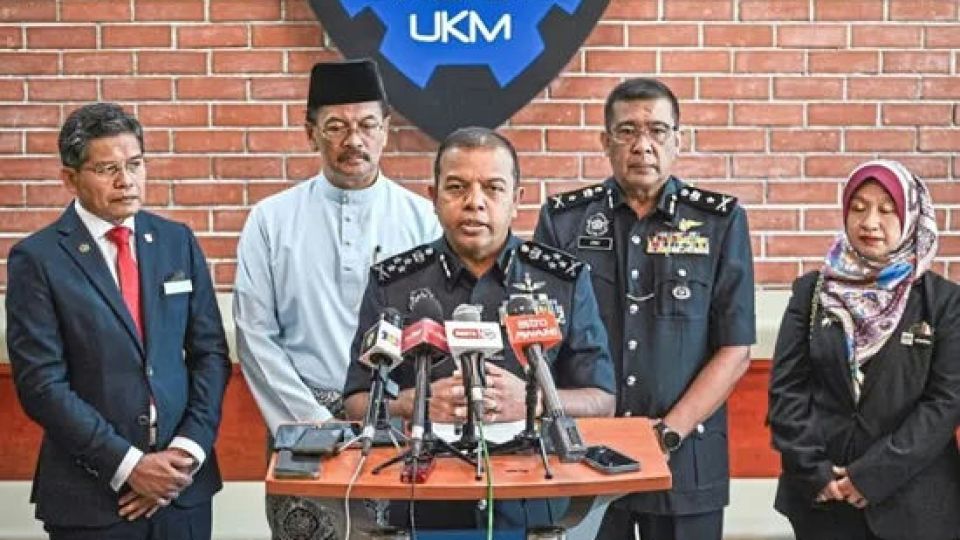BANGI (ANN/THE STAR) – Deep within the country’s sewage systems, traces of fentanyl, the infamous “zombie drug” that is 100 times more potent than morphine, have been detected.
In a groundbreaking effort, authorities are now utilising wastewater analysis to monitor the presence of harmful drugs and even pinpoint hidden drug labs.
Deputy Inspector-General of Police Datuk Seri Ayob Khan Mydin Pitchay said a collaboration between the Narcotic Crime Investigation Department (NCID) and Universiti Kebangsaan Malaysia (UKM) has led to the game-changing discovery of fentanyl and methamphetamine residues in the Lembah Subang sewage system.
“The drug residue analysis in the sewage system also revealed the presence of drug processing labs in the area,” he said in a press conference after attending the committee meeting on the strategic cooperation between the police and UKM Wednesday.
Drug residue analysis in sewage systems has been done in the Klang Valley and Johor but it will be expanded nationwide, he added.
“Once we analyse samples from around the country, we will be able to see the drug trend more accurately. Results from analysing the sewage water will lead to intelligence gathering and operation,” he said.
Collaboration with UKM have also produced the biosensor test kit using the timsTOF analyser machine, which can get faster and more accurate results – 20 seconds compared to two days previously, Ayob Khan said.

The collaboration between NCID and UKM started on Oct 21, 2022, he said.
“Six working packages were drafted encompassing various aspects including technological development, research, forensic and capacity building. The cooperation focused on various things including developing the biosensor test strip, molecular forensic data hub and analysing drug residue in sewage water,” he said.
Ayob Khan said the Home Ministry has approved an allocation of MYR8.4mil for the collaboration to ensure each working package could be conducted smoothly and have high impact.
“We expect the programme to increase enforcement capabilities and foster more cooperation with foreign agencies including Interpol, the United Nations Office on Drugs and Crime (UNODC) and others,” he said.
On another matter, Ayob Khan said the chemicals listed in the Poisons Act 1952 should expand its list of chemicals to encompass new types of substances and chemicals related to new drugs, facilitating prosecution.
He said only 110 items were listed in the law compared to UNODC that listed more than 1,000 types of drugs.
“The main goal is to conduct scientific research on banned substances, including New Psychoactive Substances (NPS) and efforts to produce drugs illegally in the country. Two machines – timsTOF and Dart TQ, owned by us and priced at MYR3.9mil and MYR2mil respectively, have assisted in increasing the capabilities of identifying and analysing drug threats from a scientific perspective,” he said.
If new substances are not listed in the law, the police will face difficulties in taking action against the culprits, he said.
Between January 2024 and February this year, he said 115 tonnes of drugs worth MYR1.7bil have been seized.
“We also detained more than 300,000 individuals consisting of addicts and traffickers,” he said.


